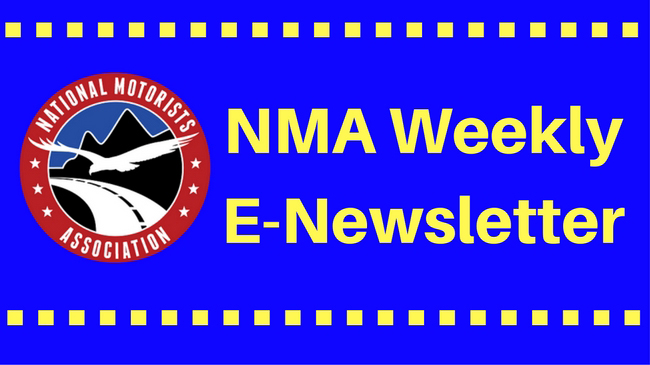
By Stewart W. Price, President of the National Motorists Association
In January of 2022, the U.S. Department of Transportation, led by Secretary Pete Buttigieg, published the “National Roadway Safety Strategy,” (NRSS) which serves as the playbook for revamping our current roadway system. It spells out the following goals and corresponding implementation strategies for:
- Safer People
- Safer Roads
- Safer Vehicles
- Safer Speeds
- Post-Crash Care
USDOT National Roadway Safety Strategy | US Department of Transportation
On Friday, February 3, while Punxsutawney Phil the groundhog was sleeping off his annual workday, the Institute of Transportation Engineers (ITE) issued a press release titled, “The Institute of Transportation Engineers Supports USDOT’s Call to Action.”
In this two-page document, very lengthy by most standards, the ITE announced its full support in “addressing the roadway safety crisis” and proudly proclaimed that they are part of an elite group of “First Movers,” those organizations and businesses that are “all in” in terms of leading the charge for change. The press release goes on to define their support in the form of a delivery of a “wide range of products to support widespread adoption of the Safe System Approach.” Their products, more aptly called projects, take the form of education, training, and certification. Calling all traffic engineers!
What does all this mean, you ask?
Certainly, we are on the verge of sweeping change, as we move from a strategic national template for roadway safety to education, training, implementation, and safety messaging focusing on human “frailty.”
These changes are not cosmetic; they are systemic, far-reaching, and represent a huge undertaking. The National Roadway Safety Strategy is characterized as a collaboration between the Office of the Secretary of Transportation and the Operating Administrations (OAs): the Federal Highway Administration (FHWA), the Federal Motor Carrier Safety Administration, (FMCSA), the Federal Railroad Administration (FRA), the Federal Transit Administration (FTA), the National Highway Traffic Safety Administration (NHTSA), and the Pipeline and Hazardous Materials Safety Administration (PHMSA). Truth be told, there are scads of other players exerting influence on this regulatory scrum, including social activist groups, Political Action Committees, and other special interests.
Proven Safety Countermeasures | FHWA (dot.gov)
The NRSS outlines numerous departmental actions and their corresponding targeted completion dates. I’ll highlight two critical components:
Safer Roads…
- Modify the Manual for Uniform Traffic Control Device (MUTCD). The MUTCD, administered by the Federal Highway Administration, is a compilation of national standards for all traffic control devices, road markings, signage, and traffic signals. This would not be the first time the MUTCD has been modified, and we anticipate that these changes will, among other things, pave the way for more state autonomy (call it free rein) in implementing traffic regulations. (Thankfully we have at least one member who has intimate knowledge of the MUTCD, its evolution, and its unraveling, of which a whole book could be written.)
Safer Speeds…
- Remove the 85th-percentile speed engineering study as a consideration in setting speed limits regardless of the type of roadway. What would replace the 85th percentile? The NRSS will provide “improved” information to set speed limits through a range of methodologies. Hmmm.
Rest assured, the NMA will be monitoring not only the implementation of the NRSS but also the political posturing and the marketing spin through campaigns such as “Speeding Wrecks Lives.”
Now, more than ever, we need your support!
Your rights are being taken away in the name of safety. To use Pete Buttigieg’s own words, “Zero is the only acceptable number of deaths and serious injuries on our roadways.” And they seemingly won’t stop until they reach this utopia.
On the USDOT website, they call out these priorities: equity, climate, safety, and transformation.
Clearly, there is a larger agenda. This is just the tip of the iceberg.



